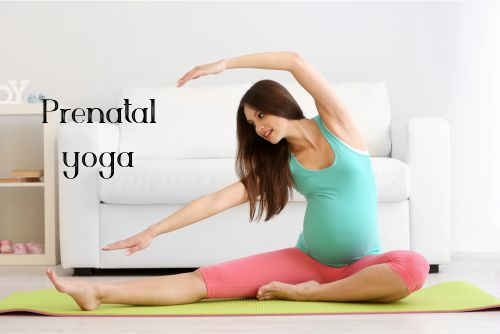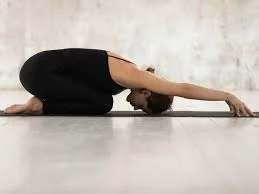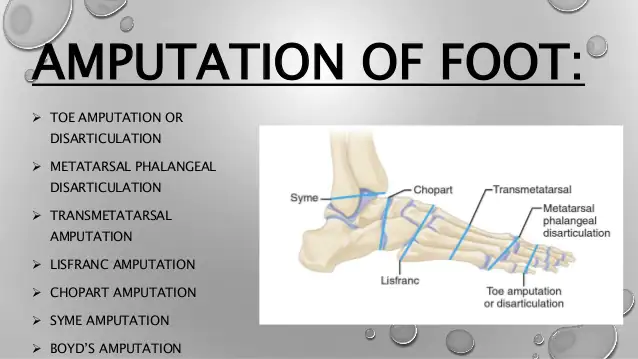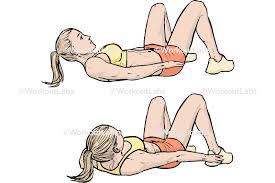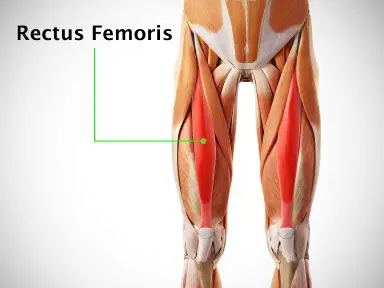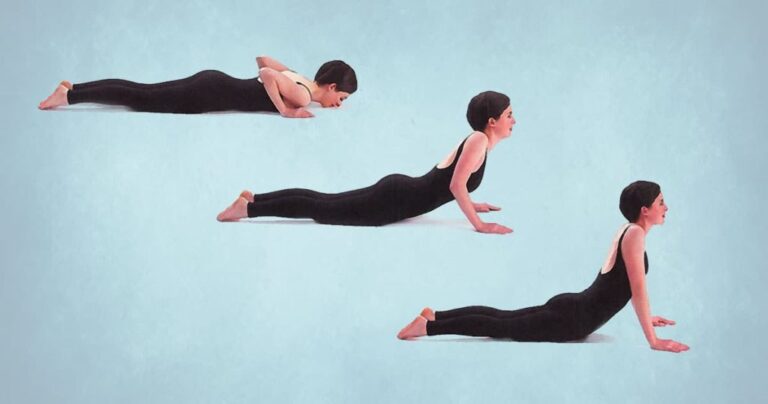11 Best Prenatal Yoga
Table of Contents
Introduction
- You want to take care of yourself and your unborn child by maintaining your fitness during pregnancy.
- Yoga for prenatal is a great way to do both. Yoga provides a much-needed chance to settle down and establish a connection with your baby and your changing body in our fast-paced society.
- You may take advantage of the numerous advantages of yoga during pregnancy, regardless of your level of expertise.
- It’s crucial to prioritize relaxation and maintain an active lifestyle during pregnancy.
- Prenatal yoga allows you to connect with your body while you strengthen, increase your range of motion, and learn balance.
- These advantages can lessen the discomfort of pregnancy, encourage physical and mental relaxation, and establish healthy thought habits.
- Additionally, you’ll learn how to adjust to all the changes that come with being pregnant.
- Continue reading to find out about the advantages and safety measures of prenatal yoga in each trimester.
What Prenatal Yoga Can Do for You
- There are moments when being pregnant may make you feel as though an alien has taken over your body.
- The things you believe to be true about yourself vanish while your body performs its incredible function.
- You may feel cut off from your identity as a result of uncontrollable change.
- It’s common knowledge in yoga that your body changes each time you go onto the mat.
- You strive to acknowledge the inevitability of change.
- Pregnancy makes this doubly accurate.
- Reconnecting with your body and embracing its journey is possible with yoga.
Safety Considerations
- Although there hasn’t been much research on yoga during pregnancy, most expecting moms and their unborn children believe it to be safe and beneficial.
- Consult your healthcare provider before beginning yoga if your pregnancy is deemed high-risk or if you are experiencing any other issues.
- As your baby develops, your yoga practice will also need to adjust, even if you have no particular worries.
- Throughout your pregnancy, your body releases a hormone called relaxin, which aids in preparing the birth canal and creating space for your developing baby.
- Relaxin may cause you to feel more flexible than normal, but you should exercise caution to avoid overstretching at this time since it can cause ligaments and joints to become unstable.
- Falling is the largest risk for pregnant yoga practitioners.
- Thus, reduce that danger by using caution when assuming balancing positions, particularly if your tummy begins to expand.
- Think about utilizing a yoga block for increased stability.
- Avoid doing any pranayama that can cause dizziness in order to lower your chance of passing out.
- Additionally, Bikram yoga should be avoided since it has occasionally been demonstrated to raise the body’s core temperature.
First-trimester yoga poses
- You can continue your regular physical activity throughout the first trimester as long as you make the necessary adjustments.
- Concentrate on strengthening your body and letting go of stress, particularly in your hips and lower back.
- Certain forward-bend yoga positions should be safe for most expectant mothers.
- Steer clear of bending forward too quickly or too much to the point where it becomes uncomfortable.
In the first trimester, stay away from:
- intense backbends, twists, and excessive forward bends
- strong or forceful abdominal contractions
- inversions (unless you’re very experienced)
- jumping, hopping, or bouncing
- hot yoga
Head-to-knee forward bend (Janu Sirsasana)
- This forward bend improves digestion, builds back strength, and encourages relaxation.
- It elongates your legs, hips, and back.
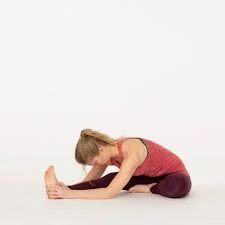
Steps To Follow:
- Stretch your left leg out while sitting on the edge of a cushion, block, or folded blanket.
- Press the left foot’s sole up against the inner thigh of the right.
- Pull in a breath as you raise your arms.
- Exhale to stretch your front body by folding forward a little.
- Put your hands on the ground or your body.
- Hold this position for a full minute.
- Continue on the opposite side.
Wide-angle seated forward bend (Upavistha Konasana)
- Pose for increased flexibility in the legs, hips, and lower back.
- It strengthens your pelvis, lower back, and spine.
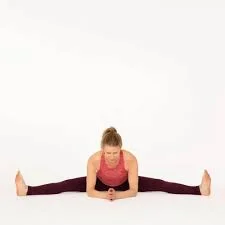
Steps To Follow:
- Your pelvis should lean forward while you sit on the edge of a cushion, block, or folded blanket with your legs out to the side.
- Raise your arms over your head.
- Fold forward, bending at the hips.
- Hold your big toes or place your hands in front of you.
- Hold this position for a full minute.
Cat-cow pose (Marjaryasana to Bitilasana)
- This mild backbend increases circulation, eases stress, and enhances spinal mobility.
- It will feel good to have your neck, shoulders, and torso stretched.
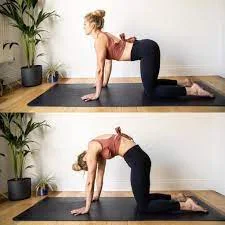
Steps To Follow:
- Get down on all fours.
- Breathe in while lowering your tummy, arching your spine, and looking up.
- Pull your chin toward your chest and raise your spine as you exhale.
- For a maximum of one minute, keep up this soft flow.
Second-trimester yoga poses
- Your body begins to create more relaxation throughout the second trimester of pregnancy.
- In order to get your body ready for delivery, it relaxes your ligaments, muscles, and tendons.
- Take care not to overstretch as this might make you more flexible.
- Don’t push yourself to the absolute limit to avoid pain and harm.
In the second trimester, stay away from:
- Extreme forward bends, twists, and backbends
- Inversions involving intense or severe abdominal contractions (unless you’re really skilled)
- Hot yoga poses involving leaping, hopping, or bouncing while resting on your back or right side
Bound angle pose (Baddha Konasana)
- The butterfly stretch encourages relaxation, increases circulation, and stimulates your digestive system.
- It increases the flexibility of your inner thighs, hips, and lower back, which helps your body get ready for birth.
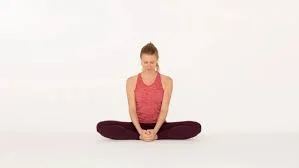
Steps To Follow:
- Place yourself on the edge of a folded blanket, pillow, or block, and tilt your pelvis forward.
- Apply force on the soles of your feet.
- For a deeper stretch, bring your feet in towards your hips.
- Lengthen your spine and firmly plant your lower body on the floor.
- Put your hands on your shins or ankles, or interlace your fingers beneath your pinky toes.
- Hold this position for a full minute.
- Do this twice or four times.
Child’s pose (Balasana)
- This soothing posture opens up your chest, lower back, and shoulders.
- It improves thigh, hip, and spinal flexibility.
Steps To Follow:
- Drop to your all fours.
- Extend your knees and make contact with your big toes.
- Lower your hips to your heels again.
- Raise your arms in front of you.
- Inhale deeply.
- Maintain this position for about a minute.
Triangle pose (Trikonasana)
- This strengthening stance releases stress in your neck and back and provides you with a boost of energy.
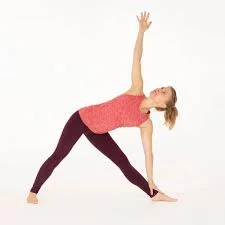
Steps To Follow:
- Commence by standing up.
- To expand your stance, step your left foot forward.
- The toes of the left foot are pointing forward.
- Make sure your left knee is straight to prevent bending.
- To increase stability, slightly slant the right foot, which is the back foot.
- Rotate your body and hips from the center to the right to open out your hips.
- Reach your left arm down to your left ankle slowly.
- Here, you can choose to position the left on the floor, on your leg, or on a block within your left leg.
- Raise your right arm so it is above your right shoulder.
- Right palm with the body turned aside.
- Maintain this position for a full thirty seconds.
- Continue on the opposite side.
Standing forward bend (Uttanasana)
- This position encourages inner peace and releases stress.
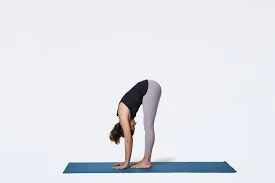
Steps To Follow:
- Place your feet a little wider than your hips.
- When you fold forward, hinge at your hips.
- Keep your knees slightly bent.
- Hold each other’s elbows or place your hands on the ground or a block.
- Hold this posture for no more than 30 seconds.
Third-trimester yoga poses
- You may find it harder to breathe and move freely since your baby is now occupying more room. Move slowly, take it easy, and take as much time as you need to recuperate.
During the third trimester, stay away from:
- Extreme forward bends, twists, and backbends
- Inversions involving intense or severe abdominal contractions (unless you’re really skilled)
- Hot yoga poses that include leaping, hopping, or bouncing; arm balances on your right side or back; and, if you’re prone to prolapse, squats
Warrior II (Virabhadrasana II)
- Warrior II opens your hips, strengthens your entire body, and enhances circulation.
- Additionally, it eases back and neck discomfort.
- As you position your body in this stance, you may play about with your center of gravity.
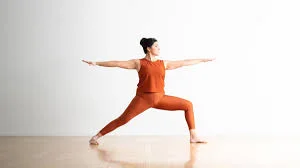
Steps To Follow:
- Step back with your left foot and gently extend your toes to the left while standing.
- Align the inside of the left foot with the heel of the right foot.
- Face the side with your hips open.
- With your hands facing down, raise your arms until they are parallel to the floor.
- Make sure your right knee does not extend past your ankle as you bend it.
- Look past your middle finger in front.
- Take a 30-second break from this stance.
- Continue on the opposite side.
Garland pose (Malasana)
- This deep squat improves digestion and opens out your hips. If you are prone to prolapse, stay out of this stance.
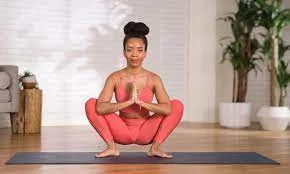
Steps To Follow:
- Place your feet slightly wider than your hips and point your toes outward.
- Lower your hips and bend your knees slowly.
- Put your heels on the ground or raise them.
- In the middle of your chest, press your palms together.
- Strike knees with elbows.
- Hold this position for a maximum of thirty seconds.
Easy pose (Sukhasana)
- This traditional sitting position opens your hips, lengthens your spine, and enhances mental clarity.
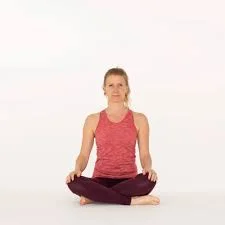
Steps To Follow:
- Place yourself on the edge of a folded blanket, pillow, or block, and tilt your pelvis forward.
- Place your right leg over your left.
- Put your hands wherever feels comfortable.
- Shut your eyes and take a deep breath.
- Hold this position for a maximum of thirty seconds.
- Continue on the opposite side.
Side corpse pose (Parsva Savasana)
- This healing position promotes relaxation and eases weariness.
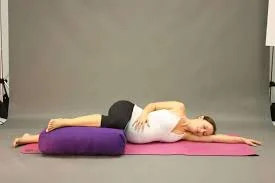
Steps To Follow:
- Take a left-side stance.
- Maintain a straight left leg.
- The right knee should be bent and cushioned.
- Put your head on a pillow.
- Take fifteen minutes to unwind in this posture.
Benefits of yoga in pregnancy
- During pregnancy, yoga offers both physical and mental health advantages that can enhance your overall well-being.
- You’ll gain awareness that enables you to recognize the modifications to your body and mind.
- Studies indicate that doing yoga during pregnancy might help lower anxiety levels.
- You’ll feel more energized since yoga may also help reduce weariness and enhance sleep, according to various studies.
- Strength and endurance are developed via prenatal yoga, preparing you for the rigors of labor and delivery.
- The current study’s findings show that yoga activities might result in a baby being born with a normal birth weight, enhance their Apgar score, and shorten the need for an emergency C-section as well as induce labor, prolong labor, and prevent preterm labor.
- As your baby grows, your digestive organs have less room, therefore some positions stimulate them.
- Additionally, yoga promotes better circulation, which lessens inflammation and edema, particularly in the joints.
- You may become more aware of your motions by developing your body awareness.
- By strengthening your back, you’ll be able to support your growing child’s weight and maintain proper posture.
- As you learn to adapt when your center of gravity shifts, you’ll also gain stability and balance.
Things to avoid while practicing yoga for pregnant women
- Observe all pregnancy yoga recommendations, including adjusting or avoiding specific postures.
- Since you are the finest person to counsel you, follow your gut every day and do what seems right.
- Take it slow and try not to overdo the exertion or heat.
- Try to work out at a little less intensity than you can.
- Select exercises and positions that will strengthen you while providing opportunities for relaxation.
- To prevent holding your breath, carefully transition between stances.
- Ensure that all of the stances allow you to breathe comfortably.
- Always twist at the level of your shoulder or chest.
- Avoid twisting from your belly or the base of your spine as this will place too much strain on your stomach.
- Any stance that causes you to strain your abdomen excessively or makes you feel uncomfortable should be avoided.
- If a position hurts or doesn’t feel comfortable for you, adjust it or skip it.
- For support when standing or doing balancing postures, use a wall or chair.
- Before continuing with a yoga session if you encounter any strange symptoms, see your physician or a certified yoga instructor.
Give up practicing if you:
- feel nauseated or lightheaded
- are overheated
- feel dehydrated
- experience unusual vaginal discharge, spotting, or bleeding
- have numbness
Conclusion
Adding yoga to your pregnant self-care regimen might be beneficial. Especially in your back, abdomen, and pelvis, pay attention to how your body is telling you. Take breaks whenever necessary, and avoid overexerting oneself.
Before beginning prenatal yoga, consult your healthcare team, particularly if you are expecting twins, have a high-risk pregnancy, your baby is breech, you are new to fitness, you use medication, or you have any medical issues. Yoga may support your well-being during your pregnancy and beyond if you take it carefully.
FAQ
A specific kind of yoga called natal yoga is meant for expectant mothers. The goal of yoga is to establish equilibrium in the physical, mental, emotional, and spiritual domains. The goal of prenatal yoga is to help you relax your body and focus on safe postures and methods for all stages of pregnancy to better prepare you for childbirth.
If your gynecologist gives the go-ahead, you can begin prenatal yoga as early as the first trimester. To prevent fatigue during the first three months of pregnancy, it’s crucial to overdo it. Prenatal yoga can help reduce pregnancy symptoms like nausea and back pain if done properly.
Prenatal yoga is one of the healthiest things you can do to enhance your and your baby’s well-being. Prenatal yoga increases your baby’s birth weight while lowering the chance of issues like preterm labor and pre-eclampsia, according to a scientific analysis of current prenatal yoga research.
Practicing those intense yoga styles might lead to heat exhaustion. Pregnant women should also avoid any poses that demand extensive belly stretching or that need you to lie flat on your back. Furthermore, it is not advised for pregnant women who run the danger of giving birth too soon to do prenatal yoga.
Pregnant yoga practitioners will be pleased to hear that they can keep up their practice. As long as it makes you feel comfortable, you can carry on with your usual lessons; just be sure to inform your teacher that you are expecting. Never feel pressured to practice as hard as you did before being pregnant.
References:
- Ryt, A. P. (2021, October 9). A Complete Guide to Prenatal Yoga. Verywell Fit. https://www.verywellfit.com/pregnancy-yoga-4013139
- Cronkleton, E. (2022, September 15). Prenatal Yoga Poses for Every Trimester. Healthline. https://www.healthline.com/health/fitness/prenatal-yoga-poses#third-trimester

